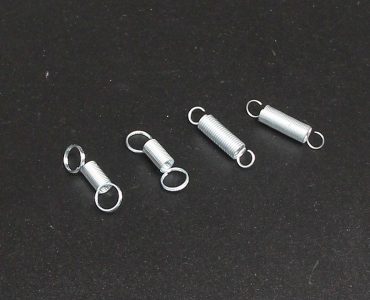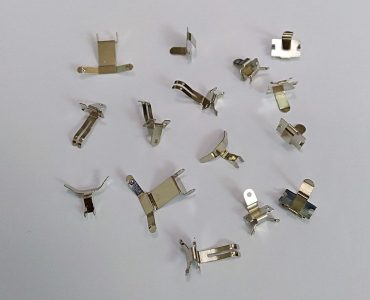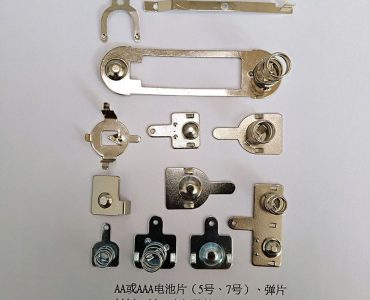How are stamping parts formed?
Stamping parts are formed by applying external force to plates, strips, pipes and profiles by means of presses and dies to produce plastic deformation or separation, so as to obtain workpieces (stamping parts) of the required shape and size. Stamping and forging are both plastic processing (or pressure processing), collectively known as forging. The blanks to be stamped are mainly hot-rolled and cold-rolled steel plates and strips.
Of the world’s steel, 60 to 70% are plates, most of which are stamped into finished products. The car body, chassis, fuel tank, radiator fins, boiler drums, container shells, motors, electrical iron core silicon steel sheets, etc. are all stamped and processed. There are also a large number of stamping parts in products such as instruments, household appliances, bicycles, and office machinery.
Stamping parts are the production technology of using the power of conventional or special stamping equipment to directly subject the sheet metal to the deformation force and deform in the mold, so as to obtain product parts with a certain shape, size and performance. Sheet materials, molds and equipment are the three elements of stamping processing. Stamping is a method of metal cold deformation processing. Therefore, it is called cold stamping or sheet metal stamping, or stamping for short. It is one of the main methods of metal plastic processing (or pressure processing), and it also belongs to material forming engineering technology.
Cold stamping parts are generally no longer processed by cutting, or only a small amount of cutting processing is required. The precision and surface condition of hot stamping parts are lower than cold stamping parts, but still better than castings and forgings, and the cutting amount is less.
Stamping parts are mainly formed by stamping metal or non-metal sheet materials with the pressure of a press through a stamping die. The main features are as follows:
1. Stamping parts are manufactured by stamping under the premise of low material consumption. The parts are light in weight and rigid, and after the sheet metal is plastically deformed, the internal structure of the metal is improved, so that the stamping parts have a certain strength. improve.
2. The stamping parts have high dimensional accuracy, the same size as the mold parts, and good interchangeability. No further machining is required to meet general assembly and use requirements.
3. During the stamping process, since the surface of the material is not damaged, the stamping parts have a good surface quality and a smooth and beautiful appearance, which provides convenient conditions for surface painting, electroplating, phosphating and other surface treatments.




